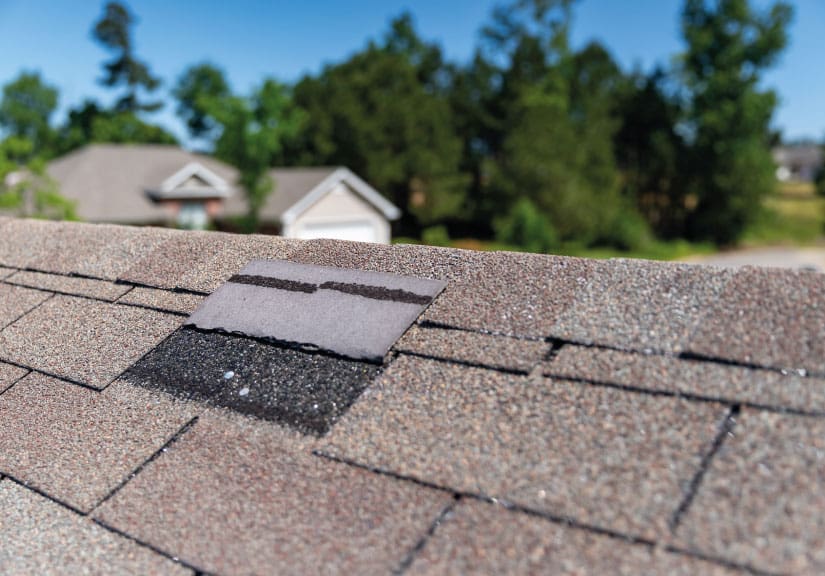We’re your local roofing contractors in Virginia Beach. We’re no stranger to dangerous weather! So let’s protect your home and family this storm season.
Right off the bat, we’re going to focus on roofing— we’re a roofing company in Virginia Beach after all! But we’re also residents of this area, so the best advice we could share is to know your zone.
Twenty-three localities along the coast participate in tiered evacuation zones. These zones run from A to D and cover 1.25 million residents. Zones let you know whether you should evacuate or shelter at home. So if they call Zones A and B but not C or D, then you know A and B need to evacuate. You can check what zone you are in with this interactive map.

Protecting your Roof and Exterior.
Start with a professional roof inspection. Yes, we say that a lot, but for good reason! A quality roof inspection will highlight minor issues that if you don’t address before a major storm, could explode into expensive roof repairs. Virginia Beach is known for torrential rainfall, tidal surges, and high coastal winds, which often leads to property damage.
Things like loose or missing shingles, damaged flashing, sagging decking, or weak underlayment may not sound major. But missing shingles or damaged flashing could start a persistent leak within your home. Sagging decking and weak underlayment could collapse in a storm, exposing you and your family to the elements.
Don’t forget about the Gutters!
We highly recommend clearing all gutters and downspouts at least twice a year. Four times a year is ideal, once per season. But most people are safe clearing their gutters once in the fall and once in the spring.
Backed-up gutters can cause roof overflows, making your home more susceptible to storm damage. Make sure your ground-level drainage guides water away from the foundation. Otherwise pooling water can weaken your entire home.
Trim back trees and branches.
Tropical storms and Nor’easters, can bring the steadiest trees down. So if you notice any branches hanging over your home or powerlines… it’s better to be safe than sorry.
Document your roof for insurance purposes.
Insurance can be a pain in the neck. But when you make a claim for storm damage, they will ask you to prove that the storm did it.
Basically, you need to keep dated inspection records, photos, and maintenance receipts. Even if your confident in your roof’s condition, we still recommend two roof inspections a year. If your roof is in tip-top shape, our inspection documents will record that.
Let’s say a branch breaks and crashes through your roof. When you make the claim you’ll have the documentation to prove it was the storm’s fault.

What about long-term protection against storms?
Storm season is most likely only going to get worse. The National Oceanic and Atmospheric Administration (NOAA) predicted an above-average hurricane season this year. They forecast 13-19 named storms forming in the Atlantic basin. So how can you prepare for the long-term?
There’s certain upgrades we can add to your roofing system.
If you are looking for a roof replacement consider adding reinforced fasteners and hurricane clips to the roof trusses. We can also apply secondary water barriers under shingles and around roof penetrations to keep water out. You can even upgrade to impact-rated shingles or a metal roofing system.
Remember, it only takes one storm to impact your life.
So don’t risk it! Call us to schedule a free roof inspection. And stay safe out there!
